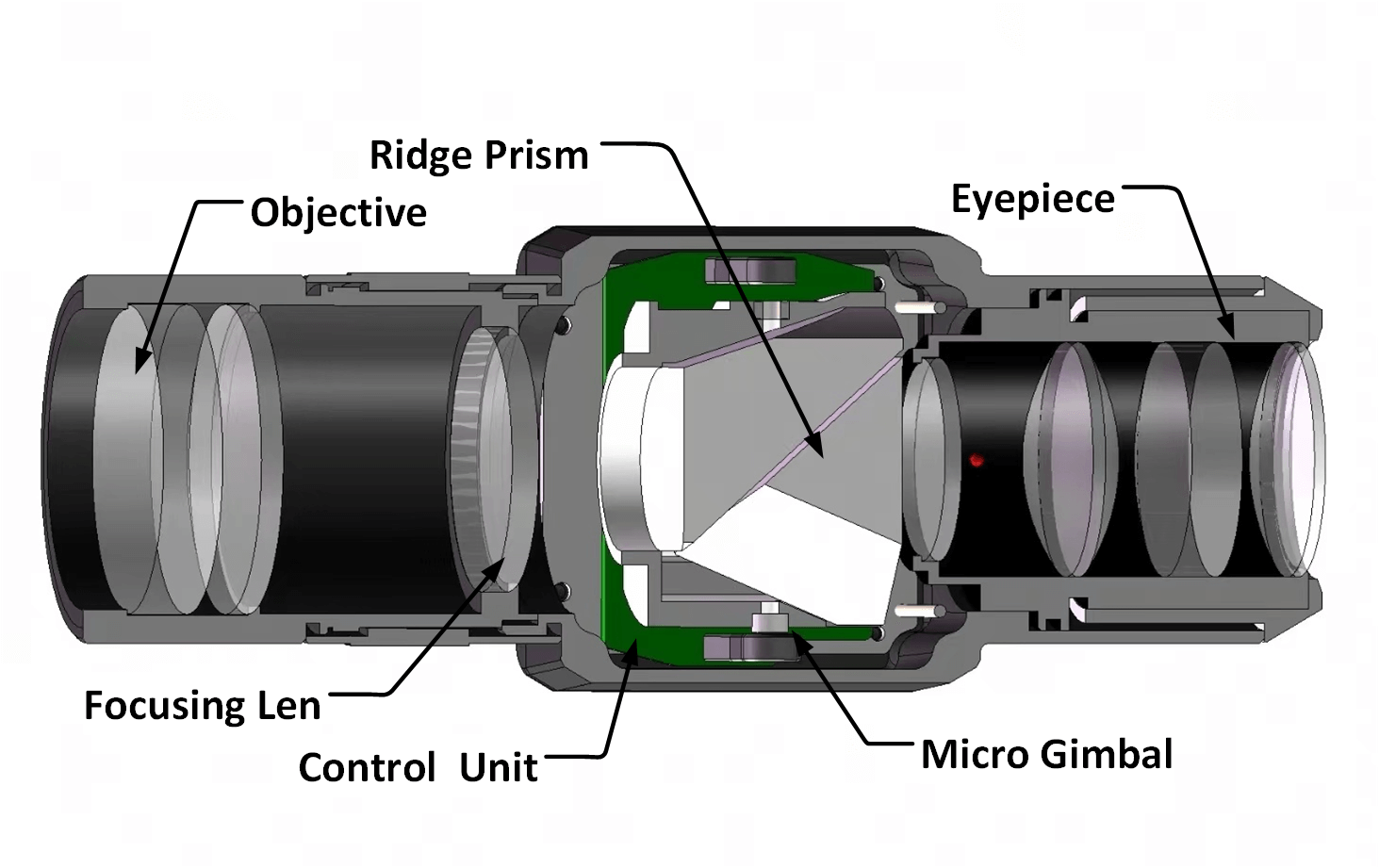
Request


Want awesome concert photos from way back in the crowd? A great monocular can turn your phone into a super zoom camera for cool live music shots! Let’s find out how to pick the best one and get some handy tips.
Concerts are super fun and full of energy. But snapping good photos from far away is tough. A monocular can make things way easier for your phone camera.
Concert halls are big. Unless you’re right up front, your phone camera might not catch the action well. A monocular zooms in on singers or band members. It helps you see their faces or instruments clearly, even from the back.
Phone cameras are pretty good now. But their digital zoom can make photos blurry or grainy. A monocular acts like a real zoom lens. It gives your phone strong telephoto power, so you can get close-up shots from far away.
Low light and far distances often mess up photos. They can look fuzzy or shaky. A monocular with anti-shake features keeps your view steady. An anti-shake lens is a camera lens with a built-in stabilization system designed to reduce or eliminate image blurring due to minor shaking while holding the camera. This is super helpful at concerts where lights flash and stuff moves fast.
Not every monocular works well at concerts. You need special stuff to handle the wild vibe of live shows.
A strong monocular can zoom from 8x to 40x. Bigger numbers mean the stage looks closer. For concerts, 12x is a good mix of clear and steady. Too much zoom, like 40x, can be shaky without a tripod.
Field of view (FOV) is how much you can see at once. A wide FOV lets you fit the whole stage or a few band members in one shot. This is awesome for big performances with cool setups.
Concerts happen at night or indoors with crazy lights. With optical processing and coating technology, the factory enhances the optical performance of telescopes through precise processing and special coating treatments. Multi-coated lenses cut glare and make colors pop, so your photos stay clear under spotlights or flashing LEDs.
The objective lens size decides how much light gets in. Bigger lenses, like 33mm or more, work better in dim light. This is perfect for dark concert venues where you need bright shots.
Even with anti-shake tech, a tripod keeps things super steady. This is great for long shows or filming videos without wobbles.
You want a monocular with a clip that works on most phones, like iPhones or Samsungs. This makes setup quick and keeps your shots looking good no matter what phone you use.
A monocular isn’t just about zooming. It changes how you take photos at live shows.
Digital zoom on phones makes pictures fuzzy. But a monocular’s optical zoom keeps things sharp, even when you zoom way in.
Want to snap the singer’s big smile or a guitarist’s awesome solo? A monocular lets you zoom in on those moments without messing up the photo.
Your friends will think you had front-row seats! With clearer shots, better colors, and cool framing, your pics and videos will look amazing on Instagram or TikTok.

Some monoculars are super popular with people who take photos at concerts.
These models mix small size with strong performance:
You need something easy to carry in crowded venues. The 8x22 is made for people who want light gear they can slip into a pocket or bag.
Concerts can get wild with pushing and bumping. Pick monoculars made of strong stuff that won’t break if dropped or bumped by other fans.
Lots of users say they’ve snapped clear shots of singers’ faces from over 100 feet away. Others like how easy these are to use, even when the stage is full of action.
Before you buy a monocular, keep these things in mind to get the right one.
A heavy monocular might take great photos but be a pain to carry at long shows. Go for something light but still strong enough for far shots.
A universal clip is key if you switch phones or share with friends who use iPhones, Samsungs, or other brands. It saves hassle and works for everyone.
You don’t need to spend a ton for good photos. But super cheap ones might not last. Look for monoculars with good lenses, tough builds, and phone clips at a fair price. Models like the Pankoo 40x60 offer high magnification at a budget-friendly cost.
Hemusun makes awesome optical gear for all kinds of people. They have fancy machines and careful steps to build top-notch products.
Their monoculars are strong, reliable, and work great. Whether you need anti-shake tech or macro shots, Hemusun has cool options for concert photographers. The Cell Phone Telephoto/Macro/Monocular 3-in-1 7x18 is a standout—it can focus from 15cm to super far, and its macro shots are as good as a real camera lens.
Even with Hemusun’s awesome gear, you need some tricks to get amazing shots.
Stand near aisles or higher spots where you can see the stage clearly. Try to avoid crowded areas where people might bump you.
Practice using the focus before the show starts. That way, you’re ready to catch quick moments like a big dance move or drum solo.
A small tripod stops shaky videos, especially if you’re filming a whole song. It’s way better than holding your phone for a long time.
A strong monocular makes your phone’s camera way better. It also makes concerts more fun by letting you capture every moment. From sharp close-ups to cool videos, it’s a great tool for music fans who love taking photos.
Q1: Can I use any monocular with my phone?
Yup, most new monoculars have clips that fit phones like iPhones or Samsungs. They’re easy to set up without extra stuff.
Q2: Will security let me bring a monocular to a concert?
Usually, yes—if it’s small and doesn’t look like pro camera gear. But check the venue’s rules first to be safe!
Q3: Is it tricky to line up the monocular with my phone camera?
Nope! Most have guides or adjustable clips that make it simple, even in the dark lights of a concert.